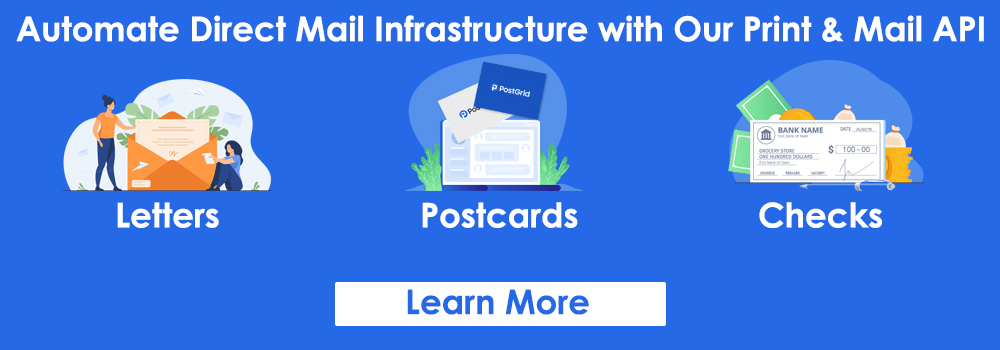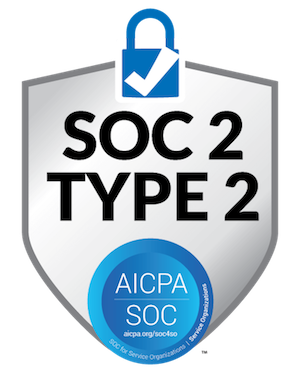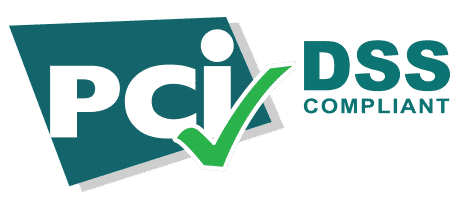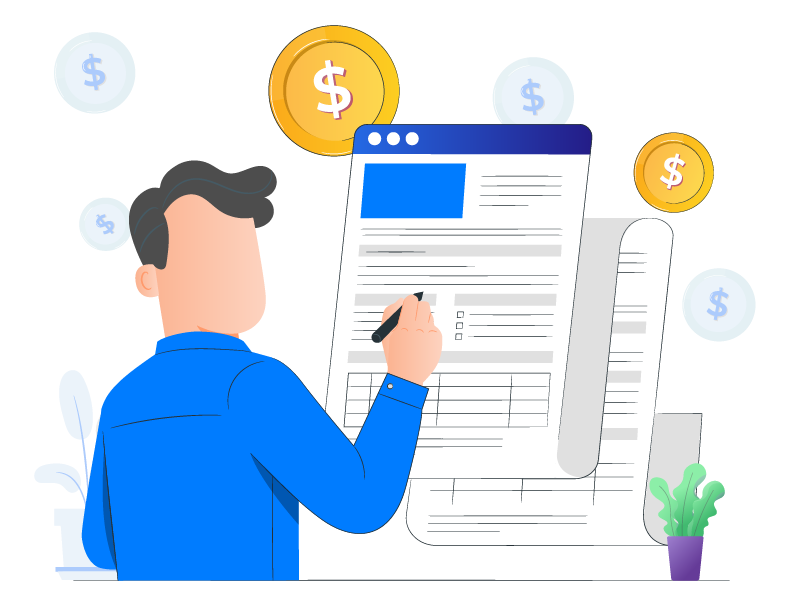
Digital Checks vs Paper Checks: Full Comparison Guide to Pay a Beneficiary
Nearly nine in 10 Americans use digital payments. Hence, it is not surprising that businesses have also started using digital checks as a primary method to pay clients, vendors, suppliers, etc. Most companies started transitioning from paper to digital checks for various reasons in 2025.
Imagine your staff having to manually print and write checks. The process can be time-consuming, hectic, and expensive. Also, it negatively affects employee productivity, leading to operational inefficiencies.
Paper checks may have worked great in the past. However, using them now can slow down payments, cost your business extra money, and impact commercial relationships. Thus, switching to different alternatives to checks might be your best option. But what are paper and digital checks? How are they different, and how to transition from traditional to modern payment methods? Let’s find out!
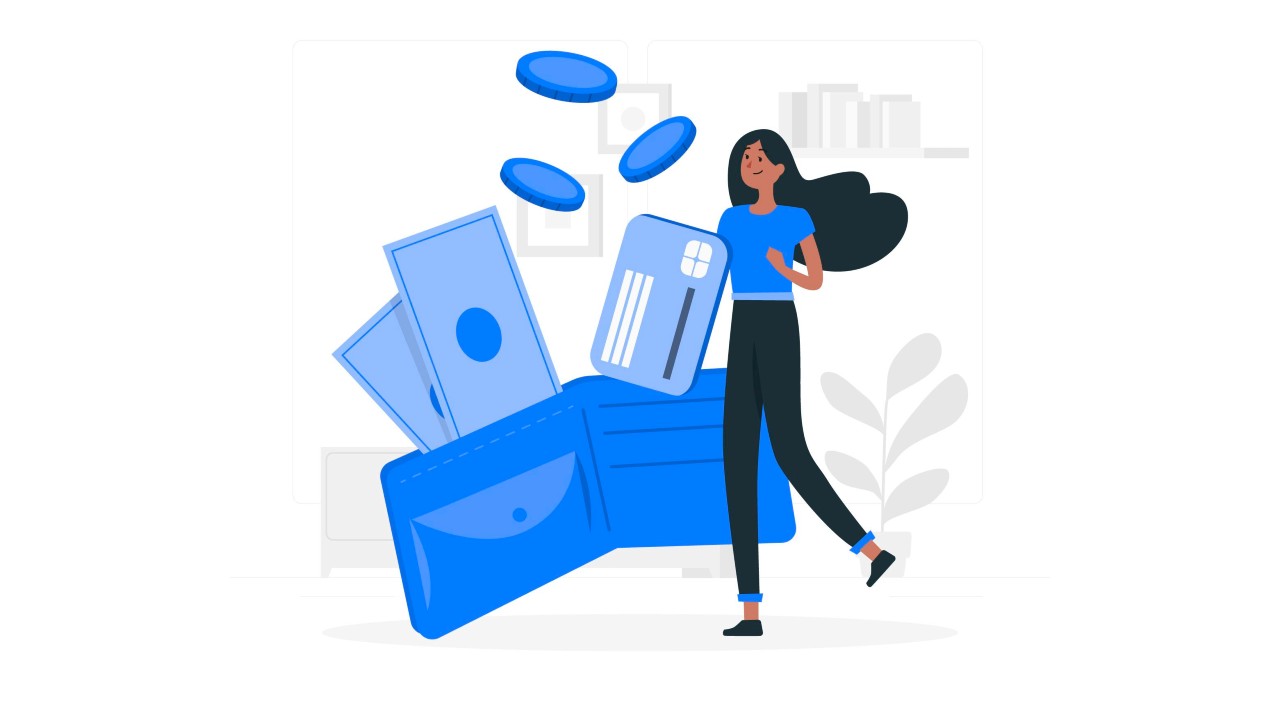
Key Takeaways:
- Digital checks are like paper checks, but work online. They allow you to use the ACH transfer system to credit the payee’s account with a specific account.
- Paper checks can easily be stolen and altered, leading to financial loss, identity theft, and other issues.
- Sending checks digitally is more cost-effective, secure, and environmentally friendly compared to paper checks.
- There is an alternative method to send checks online- using PostGrid’s Direct Mail solution. It allows you to prepare, print, and send the checks to your payees using automation.
What Are Digital Checks and How Are They Different From Echecks?
Before discussing digital checks or electronic payments, let us talk about what is a paper check. They are the checks that individuals and businesses used traditionally, wherein they bought a checkbook from their bank. They used the checks from this checkbook to make different bill payments by manually writing the payee information and signing them.
A digital check is like a regular paper check, but it’s online. It works similarly to a paper check, but all transactions occur on a computer or phone. You can use it to send money from your bank account to someone else’s bank account. You don’t need to mail anything or go to the bank because the money moves safely through the internet.
People refer to digital checks as “eChecks” or “electronic checks.” Technically, “digital” and “electronic” can mean slightly different things, but for checks, they mean the same. A digital check is an electronic check, and an electronic check is a digital check.
Both digital checks and eChecks use your bank account number and routing number. The money is taken from your account and sent to the person or business you are paying. It’s fast, safe, and easy to use. Many vendors now accept digital checks as a way to get paid, making it easy and quick for businesses to send money without requiring physical transactions.
Digital checks and eChecks are often used for online payments, rent, invoices, and even donations. They are cheaper than debit or credit card payments and frequently have lower fees. Many payment platforms and banks support them. You can set them up easily, and the money usually arrives in a few days.
What Are the Primary Concerns Businesses Encounter While Using Paper Personal Checks?
Checks Can Be Stolen and Altered
Paper checks are easy to change or steal. It makes them a common target for criminals. These criminals use a trick called “check washing.” They remove the name, amount, or signature from the check and write in new ones, letting them steal money. They often change who gets paid and raise the amount on the check.
Furthermore, criminals can steal checks from the mail. The person who sent the check may not know it was stolen until it’s too late. Hence, it can lead to losing money and even identity theft. One way to stop check fraud is by using a tool called Positive Pay. Positive Pay is a service offered by banks that verifies each paper check against the payment details the bank already has on file. If something doesn’t match, the bank returns the check. If a criminal changes the check, Positive Pay will catch it. The bank will mark it as a problem and won’t cash it. It helps protect your money and keeps fraud from happening.
Paper checks show the sender’s bank information. If a check is lost or stolen, that information is not safe. When you mail a check, you send your bank details through the postal service, which is not always secure. Some thieves now steal special keys, called “arrow keys,” that let mail carriers open USPS mailboxes. It helps them steal checks from the mail.
Once criminals get your bank info, they can sell it on the dark web. Others can then use that info to make fake checks. It can result in stolen money, a damaged credit score, and harm to your reputation, while also putting your bank account at risk of fraud.
Paper Check Processing Requires Manual Effort and Can Delay Payments
Many people feel that paying bills with paper checks gives them more control. They like that the client and bookkeeper can review and sign each check. It feels like an approval step. But this process is complex to track and audit, and easy to bypass. Paper checks also need to be handled by hand, which increases the chance of mistakes. People might pay the same bill twice, pay the wrong amount, or miss due dates, leading to late fees, penalties, or legal trouble.
Consider this: Checks require someone to sign and approve them. They also need stamps and mailing, which cost money and take time. Once the paper checks are mailed, the bank still needs to clear them. The bank may hold the money for a while to ensure there are sufficient funds and to protect against fraud. Bigger checks usually take even longer to clear. All of this adds time, cost, and risk to a simple payment.
Paper Checks Require Additional Staff to Scale Payments
As your firm grows, handling paper checks becomes harder. Matching checks to bank statements, a process known as reconciliation, requires more time and effort. Many firms need to hire and train more workers just to keep up. Bringing in new staff can also increase security risks.
Furthermore, more people handling checks means more chances for mistakes or fraud. All of this makes it challenging for firms to grow smoothly. Instead of focusing on serving more customers, they spend time and money managing check payments. It slows down the business and makes it harder to scale.
Differences Between Digital and Paper Checks: Which Paper Method Is Better?
| Particulars | Paper Checks | Digital Checks |
| Speed | Paper checks are slow because they involve too many steps. They include ordering a checkbook from the bank and manually writing the payee’s details. Also, you need to take the signature of the authorized person. Moreover, printing labels, affixing stamps, assembling, and taking the envelopes to the post office can take time. | Digital checks are much faster than paper checks. They are sent electronically and processed automatically. |
| Cost | Paper checks require you to invest in perishables, like ink cartridges, labels, stamps, paper, etc. You also must invest in a high-end office printer if you want to print them in-house. | Digital checks save money for businesses and people. They don’t need paper, stamps, or manual work. It significantly reduces costs over time. |
| Security | Paper checks are relatively easier to alter or forge. Also, manually writing checks poses the risk of writing incorrect amounts or sending the payments to the wrong recipients. | Digital checks use several security features, like end-to-end encryption and authentication, to prevent fraud and identity theft. Banks also leverage check verification and automated fraud detection mechanisms to detect forged checks. |
| Processing Times | Traditional paper checks can take several days or even weeks to get cleared. The manual shipping and processing stages can delay payments to vendors. | Digital checks usually take three to five business days to process. Banks prioritize and process some transactions on the same business day using expedited ACH services. |
| Environment Impact | Paper checks that businesses send internally can result in significant waste. It requires a massive amount of paper stock and envelopes. | Digital checks are paperless and can reduce carbon emissions. |
| Record-Keeping | Paper checks require manual filing and storage, which can lead to disorganization or lost records. | Digital checks provide automatic record-keeping with searchable and downloadable transaction histories. |
How to Transition From Paper to Digital Checks?
Now that you have learned about the many benefits digital checks have over paper, let us see how to transition from paper to digital checks. If you’re a business or an individual who wants to start using eChecks, just follow these steps:
1. Pick a Payment Service
Begin by selecting a reputable company or online bank that provides eCheck services. These services help you send and receive money using digital checks. Look for one that has good reviews, is secure, and easy to use.
2. Make an Account
Once you’ve picked the service, you’ll need to create an account. It usually means filling out a form with your basic details and linking your bank account. Don’t worry, because most of these services guide you through it step by step.
3. Give Permission
After your account is ready, the service will ask you to agree to their terms. It means you’re allowing them to assist you in sending and receiving eChecks. Read through the rules and click “Agree” or “Accept.”
4. Set Up the Payment
Now you’re ready to send an eCheck. Just enter some basic information, such as who you’re paying, how much you’re paying, and whether it’s a one-time or regular payment (like monthly bills). It’s like filling out an online form.
5. Confirm and Send
Before sending the payment, review everything one last time to make sure it’s correct. Then click to approve it. The payment will be sent electronically, and the recipient will receive the money through their bank account.

Use PostGrid’s Direct Mail Solution to Send Personal and Business Checks Online
Digital checks are an excellent alternative to sending payments over the internet. However, there is another method you can use, wherein you send paper checks using an online solution. Using Print & Mail automation, businesses can design, print, and ship paper checks online. It only takes a few minutes to place the orders for any volume of checks you need to send anywhere.
PostGrid’s Direct Mail API and dashboard allow you to send checks online in an automated manner. You can set up your PostGrid account and add your bank account details to send payments automatically. It allows you to switch between different accounts when sending checks. Hence, you can manage all check payments in one place, reducing friction and improving operational efficiency.
You can integrate PostGrid’s API into your existing platforms, like QuickBooks, to quickly fetch the payee details. It helps you design and auto-fill the checks without hassles. Also, you don’t need to upload the payee’s mailing address manually each time you want to send a check.
PostGrid offers numerous features that make sending digital checks online a breeze, including:
- HTML and PDF templates
- Check customizations
- Digital signatures
- CRM integration
- “Attach a letter” option
- USPS Certified and Registered mailing methods
- Address verification
- Real-time tracking
- Campaign reports
Get a demo now to see how you can start printing and shipping checks using our API or dashboard solutions!
Frequently Asked Questions
Do Paper Checks Pose Security Risks?
Yes, paper checks can pose several security risks, like theft, alteration, and other fraudulent activities. However, businesses can take some steps to avoid security issues, like sending mail via Certified or Registered Mail and using close-sealed envelopes with no windows. Also, they can use PostGrid’s Direct Mail solution to print and ship checks in a HIPAA-compliant manner.
How Do Businesses Send Digital Checks?
They can send digital checks using the ACH or automated clearing house network. It helps transfer funds from one account to another electronically. However, you can also send checks online using a Print & Mail solution, like PostGrid, to save time, money, and resources.
How to Use PostGrid to Send Checks via Mail in an Automated Manner?
You can log into your PostGrid account and create checks. Add your customizations, like the payee details, signature, and amount. Then, you can add the payee and sender address before selecting the shipping option and date. PostGrid allows you to send any number of checks to payees all across the country and internationally.



